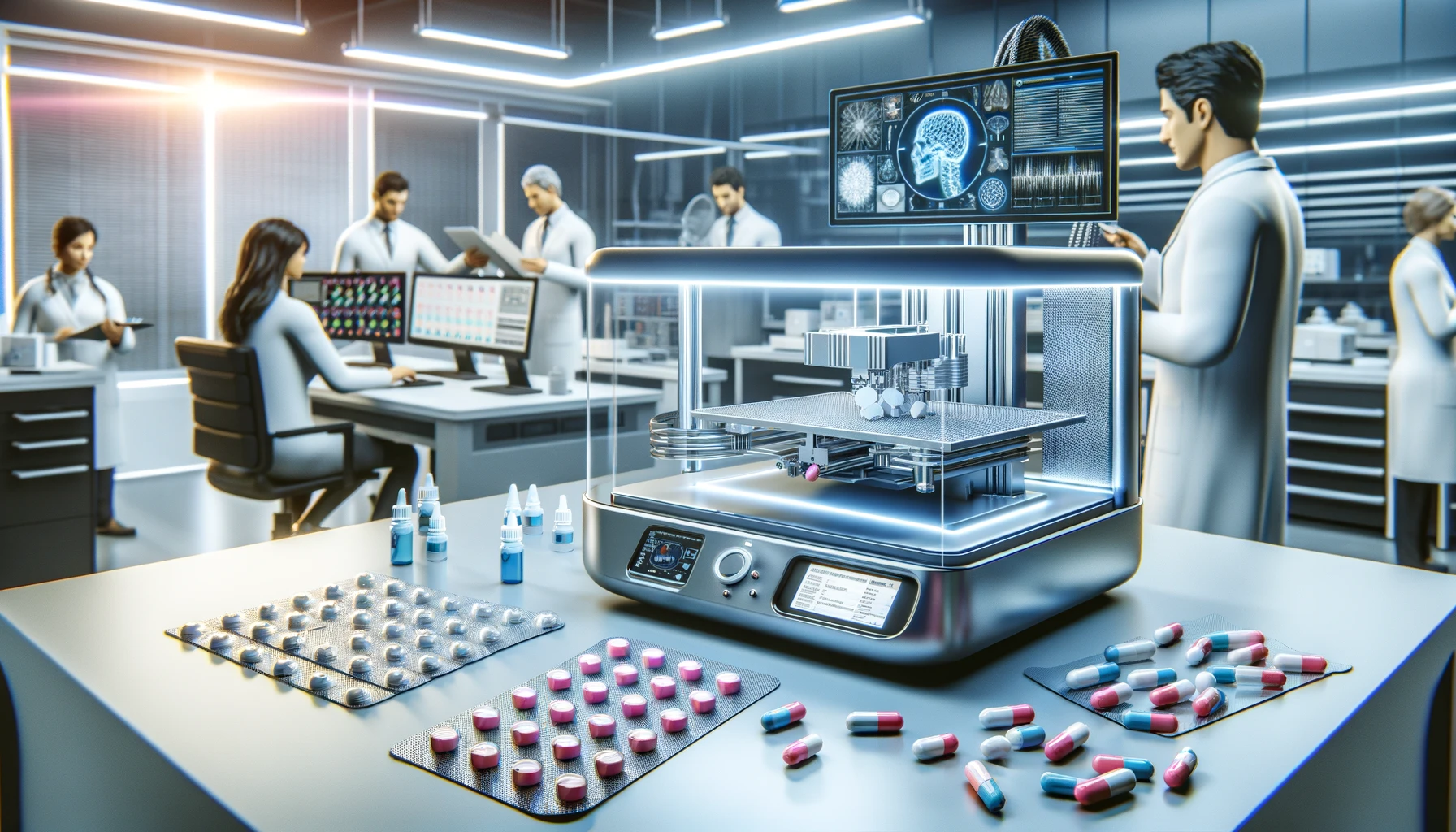The World Health Organization (WHO) has released its first-ever guidance on managing antibiotic pollution from manufacturing, marking a significant step ahead of the United Nations General Assembly High-Level Meeting on Antimicrobial Resistance (AMR) scheduled for September 26, 2024. This guidance addresses the critical yet often overlooked issue of antibiotic pollution in wastewater and solid waste from manufacturing, which poses a global threat to the effectiveness of antibiotics.
The emergence and spread of AMR due to antibiotic pollution could severely undermine the efficacy of these life-saving drugs, including those produced at the very sites responsible for the pollution. Despite the widespread documentation of high levels of antibiotic pollution, the issue remains largely unregulated, and quality assurance criteria typically overlook environmental emissions. Furthermore, there is little guidance for consumers on how to properly dispose of unused antibiotics, leading to further environmental contamination.
Dr. Yukiko Nakatani, WHO Assistant Director-General for AMR ad interim, emphasized the urgency of the situation, stating, "Pharmaceutical waste from antibiotic manufacturing can facilitate the emergence of new drug-resistant bacteria, which can spread globally and threaten our health. Controlling pollution from antibiotic production is essential to maintaining the effectiveness of these critical medicines for everyone."
The new WHO guidance provides an independent, scientific foundation for regulators, procurers, inspectors, and industry to incorporate robust antibiotic pollution controls into their standards. Dr. Maria Neira, Director of the WHO’s Department of Environment, Climate Change, and Health, highlighted the importance of transparency, noting that this guidance will empower buyers, investors, and the public to make informed decisions based on manufacturers' efforts to manage antibiotic pollution.
The need for this guidance has been widely recognized by various international bodies, including the WHO Executive Board, G7 health ministers, and the United Nations Environment Programme (UNEP). Jacqueline Alvarez, Chief of Branch for the Industry and Economy Division at UNEP, stressed that the environment's role in the development and spread of AMR must be a key consideration in global efforts to combat the issue.
Developed in collaboration with international experts from academia, regulatory bodies, and organizations such as UNEP, the guidance also underwent public consultation, receiving valuable input from industry and other stakeholders. The guidance sets human health-based targets to reduce the risk of AMR emergence and spread, and also addresses risks to aquatic life caused by antibiotics used in human, animal, and plant health.
AMR remains a significant global health challenge, driven largely by the misuse and overuse of antimicrobials. At the same time, many people worldwide still lack access to essential antimicrobial medicines. The WHO's new guidance is a crucial step in addressing the environmental factors contributing to AMR, ensuring that antibiotics remain effective for future generations.











